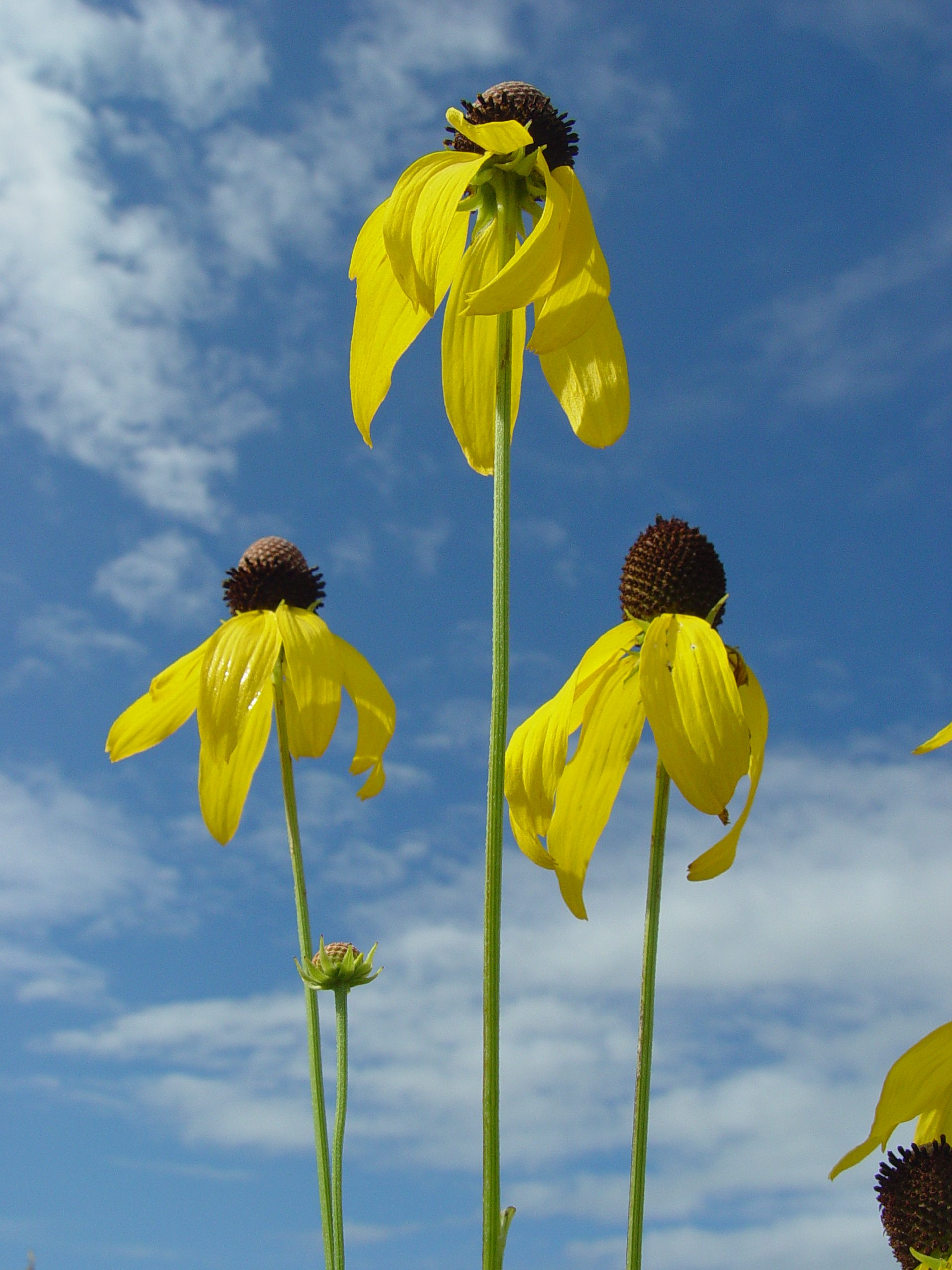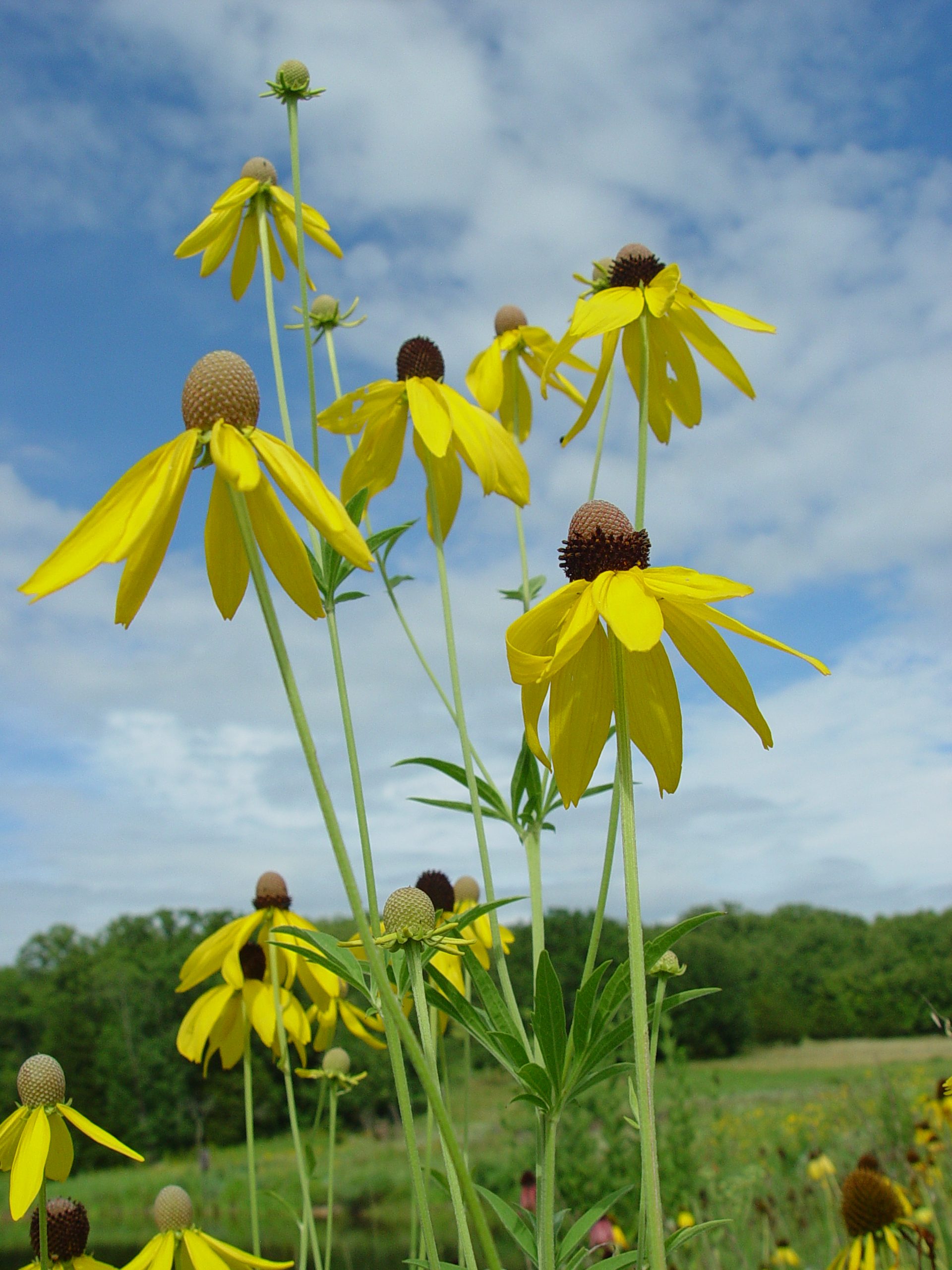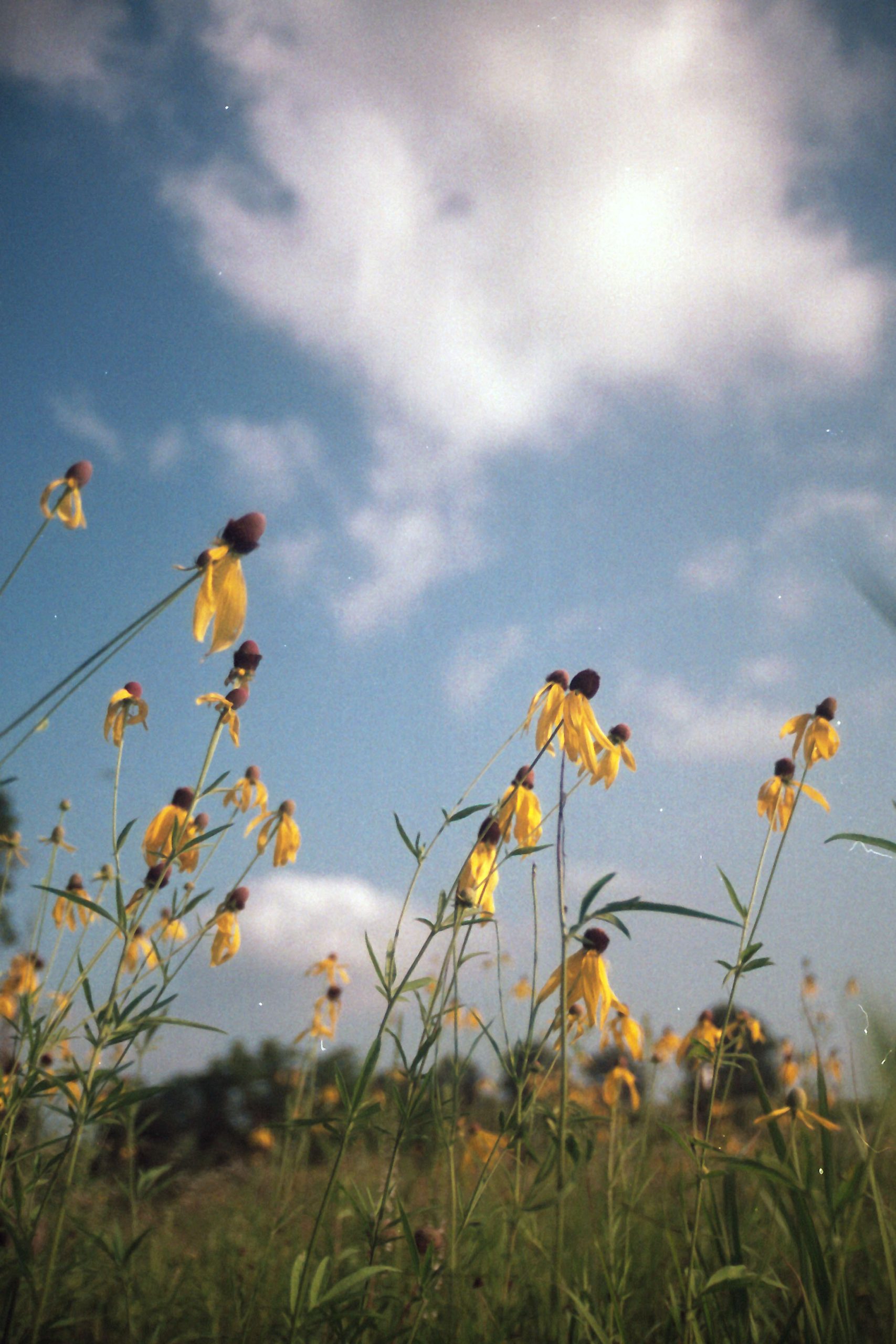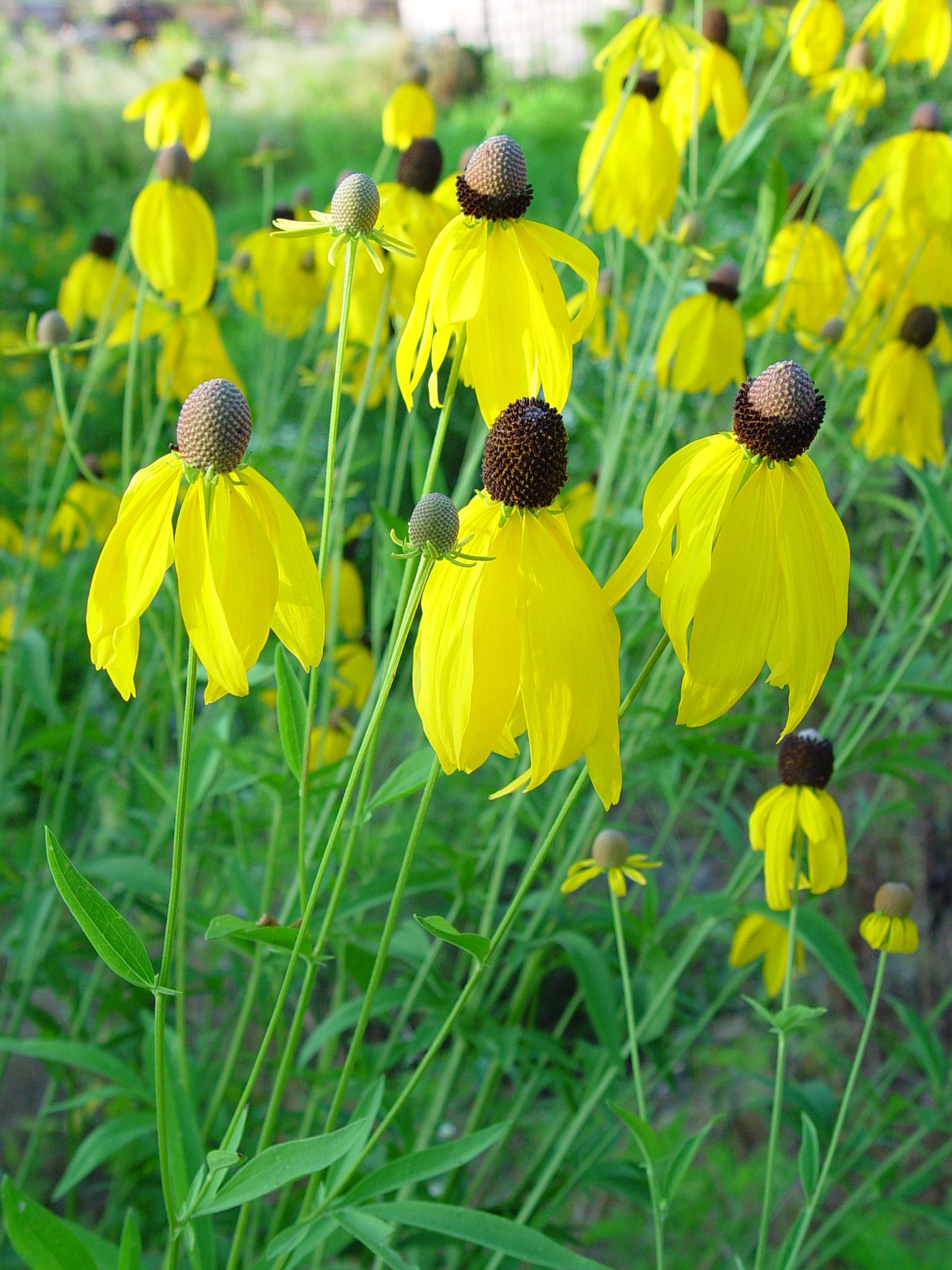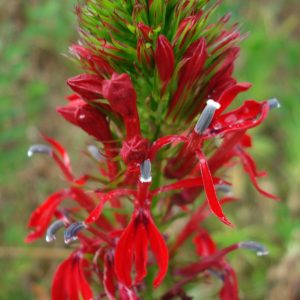Coneflower, Gray headed
Ratibida pinnata
Yellow flower petals of this easy to grow plant dance in summer breezes
$3.00 – $49.00
For quantity discount pricing, request a quote.
Description
Ratibida pinnata, commonly called gray headed coneflower, is a native perennial forb (wildflower) which typically occurs in dry woods, prairies and along railroad tracks and roads.
Wildlife notes
Many kinds of insects visit the flowers, but especially bees, including Epeoline Cuckoo bees, large Leaf-Cutting bees, Green Metallic bees, and other Halictine bees. Other insect visitors include wasps, flies, small butterflies, and beetles. These insects suck nectar from the flowers, although the bees also collect pollen and some beetles feed on pollen. The caterpillars of the butterfly Chlosyne nycteis (Silvery Checkerspot) feed on gray headed coneflower, as well as the caterpillars of the moths Eynchlora acida (Wavy-Lined Emerald) and Eupithecia miserulata (Common Eupithecia). Goldfinches occasionally eat the seeds, while some mammalian herbivores eat the foliage and flowering stems, particularly groundhogs.
Forage notes
Livestock enjoy the foliage and flowering stems of this plant.
Landscaping notes
Grow in average, medium moisture, well-drained soil in full sun. Prefers clay or sandy soils. Tolerates poor, dry soils. Interesting plant for the sunny border, native plant garden, meadow or prairie. Best massed because individual plants are narrow and somewhat sparsely leafed. Long summer bloom period.
Restoration notes
Habitats include moist to slightly dry black soil prairies, clay prairies, thickets, woodland borders, limestone glades, and areas along railroads, particularly where remnant prairies occur. Gray headed coneflower tends to colonize the more disturbed areas of these habitats.
This species is commonly used in the following mixes: Streambank Mix, Buck’s Hangout
Additional information
| Weight | N/A |
|---|---|
| Units | Packet, Ounces, Pounds |
| Light | Full Sun to Part Shade |
| Seeding Rate | 5 bulk lbs/acre |
| Soils | Average |
| Height | 30"-42" |
| Bloom Month | Jun, Jul |
| Color | Brown, Yellow |
| Specialty Uses | Cut Flower |
| Cattle Palatability | Good |
| # seeds/pkt | 200 |
| Packet coverage area | 5 sq. ft |
| Life Cycle | Perennial |
